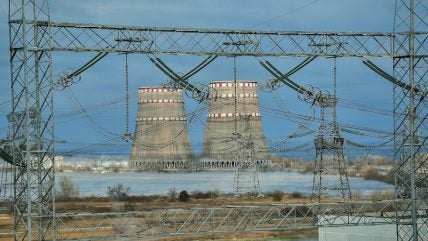
Russia’s Defence Ministry reported that, Ukrainian troops had carried out six attacks using copter-type drones and delivered two strikes from barrel artillery on the territory of the Zaporizhia NPP (ZNPP) and the operators’ town of Energodar. The Ministry said everything was shot down or suppressed using electronic warfare systems. There were no injuries and the staff at ZNPP were working normally and the radiation situation near the plant was normal.
However, it was reported later the same day that several localities in Zaporozhye region, including Energodar, were left without electricity following an emergency shutdown of a high-voltage line outside the city. It was reported that power engineers would begin to address the situation as soon as they identified the cause. Earlier in November, ZNPP Director Yuriy Chernichuk said shelling of the plant by the Armed Forces of Ukraine had worsened compared with 2023.
Nuclear safety and security “remains in jeopardy” at ZNPP, International Atomic Energy Agency (IAEA) Director General Rafael Mariano Grossi told the recent IAEA Board of Governors meeting, as the plant had twice lost the connection to its only remaining 750 kilovolt (kV) power line within a few days.
The first disconnection, which lasted for just over 30 hours, was caused by unspecified damage that occurred approximately 17 km from the plant. The line was repaired and restored the following day, only to be lost again the next morning.
As a result of the disconnections, the ZNPP relied on its sole 330 kV back-up power line for the electricity it needs for reactor cooling and other key nuclear safety functions. The ZNPP’s connection to this line was itself lost twice in October, further underlining the fragility of its power supplies.






